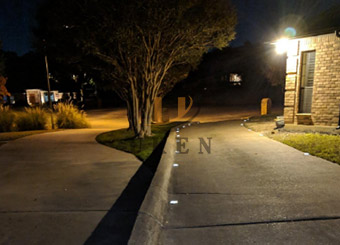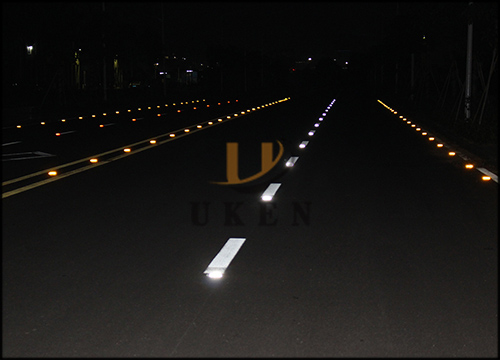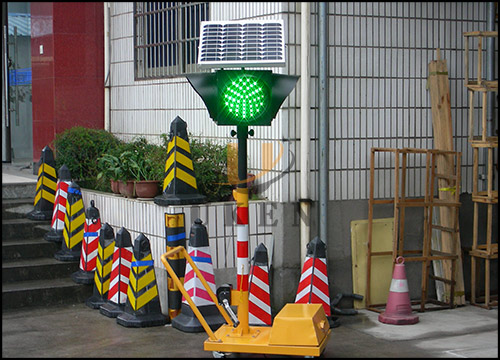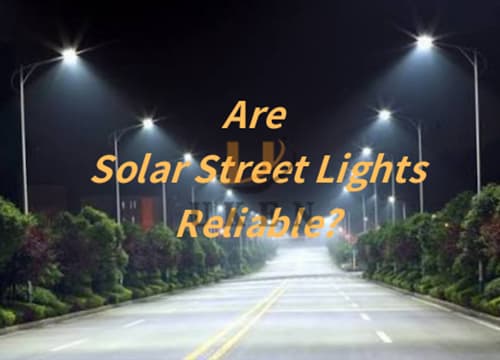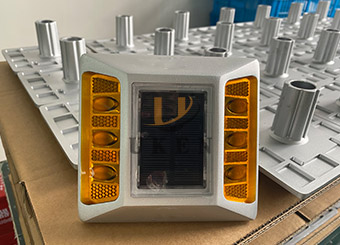Whether at bustling urban intersections or sparsely trafficked rural crossroads, traffic lights quietly guide traffic with a steady rhythm.
Though they appear simple, they play a crucial role in ensuring the orderly operation of roads. This article will delve into the working principles of traffic lights and their irreplaceable importance in maintaining road safety.
The light source component is the ‘face’ of the traffic light, with LED lights being the most commonly used option today. These lights are highly luminous, ensuring visibility even in bright sunlight or adverse weather conditions; they also consume low energy, have a long lifespan, and significantly reduce maintenance costs.
The control device serves as the ‘brain’ of the traffic light, consisting of a controller and sensors. The controller sets the timing and logic for signal changes, such as the duration of red, green, and yellow lights; sensors act as the ‘eyes,’ detecting information like vehicle flow and pedestrian numbers to provide data for control decisions.
The housing and installation structure serve as the ‘protective shell’ of traffic lights. The housing has waterproof, dustproof, and impact-resistant properties, protecting against external factors like weather and collisions to ensure the normal operation of internal components; The installation structure is selected based on the actual conditions of the intersection, such as suspended or pole-mounted configurations, to position the traffic light at the optimal indication location.
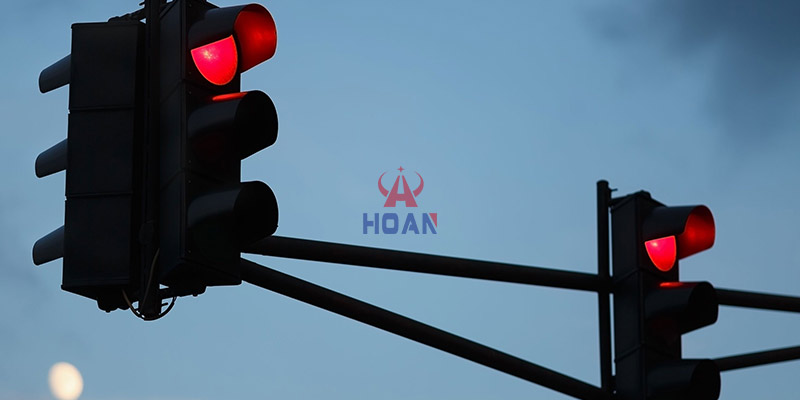
Timed control is suitable for intersections with relatively stable traffic flow. Traffic lights switch signals according to pre-set time cycles, such as 30 seconds for red, 40 seconds for green, and 3 seconds for yellow, creating a fixed rhythm that helps traffic participants form predictable expectations.
Sensor-based control offers greater flexibility. Sensors continuously monitor traffic volume at the intersection. When vehicles accumulate in one direction, the system automatically extends the green light duration for that direction to reduce waiting times, while shortening the green light duration for less congested directions to enhance overall traffic efficiency.
Intelligent interlocking control is a manifestation of smart transportation. In intelligent transportation systems, traffic lights can be linked with surveillance cameras, vehicle navigation systems, and other devices. By analysing overall traffic data, signal timing can be dynamically adjusted, and even ‘green wave corridors’ can be created for emergency vehicles, enabling more efficient traffic management.
The most direct function of traffic lights is to clarify right-of-way. The red, yellow, and green signals clearly divide the travel times for vehicles and pedestrians in different directions, allowing all parties to know when to stop and when to proceed, thereby fundamentally avoiding the chaos caused by disorderly rushing.
At intersections without traffic lights, vehicles and pedestrians are prone to conflicts due to misjudgments, resulting in a high risk of collisions. Traffic lights, through orderly guidance, can significantly reduce such conflicts, making intersections safer.
Pedestrians are a vulnerable group on the road, and traffic lights at pedestrian crossings provide them with dedicated crossing times. When the red light is on, vehicles stop, allowing pedestrians to cross the road safely without worrying about being obstructed by vehicles, significantly reducing the risk of crossing.
Non-motorized vehicles are small in size and have weak protective features, making them prone to accidents when sharing the road with motorised vehicles. Traffic lights guide non-motorized vehicles to follow rules, clearly defining their priority over motor vehicles, thereby providing an additional layer of safety for non-motorised vehicle operators.
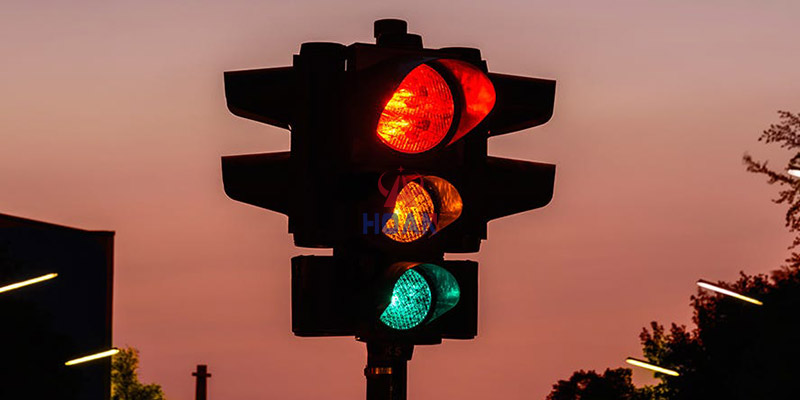
Traffic congestion is a ‘breeding ground’ for traffic accidents. Prolonged vehicle stagnation can lead to driver frustration, increasing the likelihood of scrapes, rear-end collisions, and other accidents. Traffic lights can effectively reduce congestion by reasonably allocating travel time for each direction, thereby indirectly ensuring safety.
Additionally, efficient traffic light control can shorten waiting times for vehicles and pedestrians, reducing dangerous behaviours such as rushing or cutting in line caused by impatience, making road travel more orderly and safer.
Our traffic lights use imported LED light sources with slow brightness decay, ensuring clear visibility even in adverse weather conditions such as heavy rain or fog, thereby preventing driver misjudgments caused by unclear signals.
Control devices are made of durable materials with strong anti-interference capabilities, enabling stable operation in complex electromagnetic environments. This ensures accurate signal switching and reduces traffic hazards caused by equipment failures.
The product features intelligent sensing capabilities, accurately detecting changes in traffic flow and automatically adjusting signal durations. This maximises intersection efficiency while prioritising safety, making it ideal for areas with fluctuating traffic volumes.
Additionally, the system seamlessly integrates with intelligent traffic systems, enabling remote monitoring, fault alerts, and remote diagnostics. Staff can monitor device status in real-time, address issues promptly, and ensure continuous, stable operation of the traffic lights.
We provide professional installation and debugging services. Technical personnel will optimise installation locations and angles based on intersection characteristics to ensure traffic lights achieve optimal signalling effects, establishing a safety barrier from the outset of installation.
Additionally, we have established a robust after-sales maintenance system, conducting regular on-site inspections and maintenance of equipment, promptly replacing aged components to extend equipment lifespan, ensuring traffic lights continue to safeguard road safety over the long term.
Traffic lights play a pivotal role in regulating traffic order, protecting vulnerable groups, and enhancing traffic efficiency through their scientific operating principles, making them an indispensable component of modern road safety systems.
Selecting high-quality traffic light products and prioritizing their maintenance and upgrades can provide robust safeguards for road safety. Let us collectively recognise the value of traffic lights and work together to create a safer and more orderly traffic environment.

